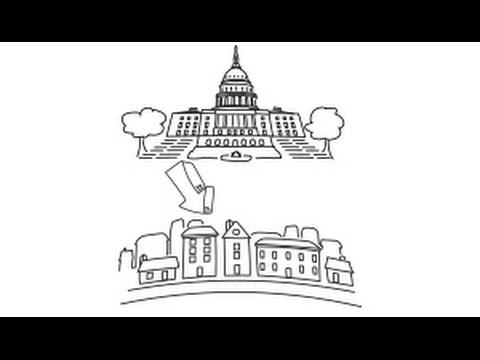Each year, Cleveland gets money from the federal government to spend on building stronger and more resilient communities. This year, the city will have about $28 million to spend from what are called Community Development Block Grants or CDBGs. That’s about 4% less than last year.
Cleveland City Council members spent last week digging how Mayor Justin Bibb’s administration proposed to spend the money, which is mostly distributed through the city’s Department of Community Development. It oversees home repair programs, storefront renovation, and similar services meant to support financially burdened Clevelanders.
CDBG funds are determined by the U.S. Department of Housing and Urban Development (HUD) and includes separate grants for serving unhoused Clevelanders and residents living with AIDS.
Cleveland has seven years to spend the money, said Community Development Director Alyssa Hernandez.
The department is still dealing with the CDBG funding it received between 2017 and 2023, according to Hernandez. At any given time, she is dealing with a rolling basis of seven different years.
“[We are] obviously trying to spend down the oldest of those dollars first which is 2017,” said Hernandez.
Not a negotiation
Ward 10 Council Member Anthony Hairston wanted to know if Cleveland officials talked to HUD about why it was getting less grant money this year. Hairston represents residents in Euclid Park, Nottingham Village and parts of South Collinwood, St. Clair-Superior and Glenville.
Funding is set by a formula rather than a negotiation, said Hernandez.
The program to receive the biggest cut – 23% – is HUD’s Home Repair Investment Partnerships (HOME) program that supports affordable housing through what’s called “gap financing”. Last year, the program had a budget of $5.4 million and will now have to make due with $4.2 million.
“[I am] very unhappy about this hit,” said Council Member Jenny Spencer, who represents Ward 15, which includes Edgewater, Cudell, Detroit Shoreway and parts of the Ohio City and Stockyard neighborhoods.
Spencer also said that with inflation, the hit will feel even harder. Hernandez agreed, and reminded council that the decision to reduce funding wasn’t made by the city or her department.
Want to learn more about HUD’s formula?
Council members watched this video to get up to speed on how HUD allocates its money to cities like Cleveland.
Council members talk ‘affordable’ housing
At different points throughout the meeting, council members raised questions about the phrase “affordable” housing. Council Member Joe Jones tried to keep the room focused on who these federal dollars were meant to help.
“These funds have been proposed by the federal government to hopefully, over time, improve the conditions of poor people. To revitalize a community and allow for those who are impoverished [and/or] elderly to have accessibility to affordable homes,” said Jones, who represents Ward 1 and includes Lee-Harvard, Lee-Seville, Union-Miles, and part of Mt. Pleasant.
When going over numbers for housing considered “affordable” based on HUD regulations, Jones balked at numbers such as $1,200 for a two-bedroom apartment.
“That’s pretty steep to me,” he said.
Next steps for CDBG
Council is expected to vote on the proposed CDBG budget at its final meeting before summer recess tonight, Monday, June 3.
Looking to dive deeper into the budget?
Click here to access the city’s presentation or here to go through the CDBG budget book.



